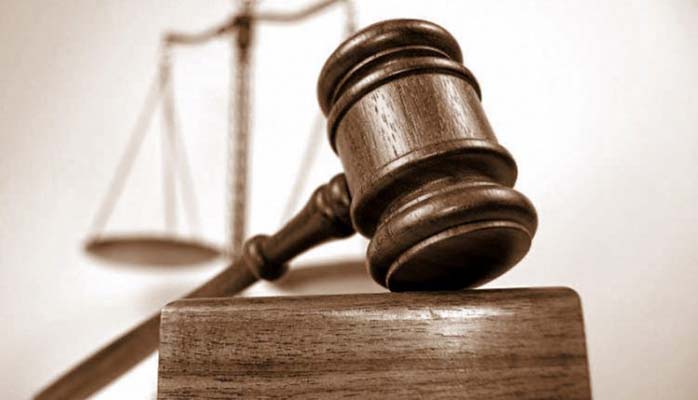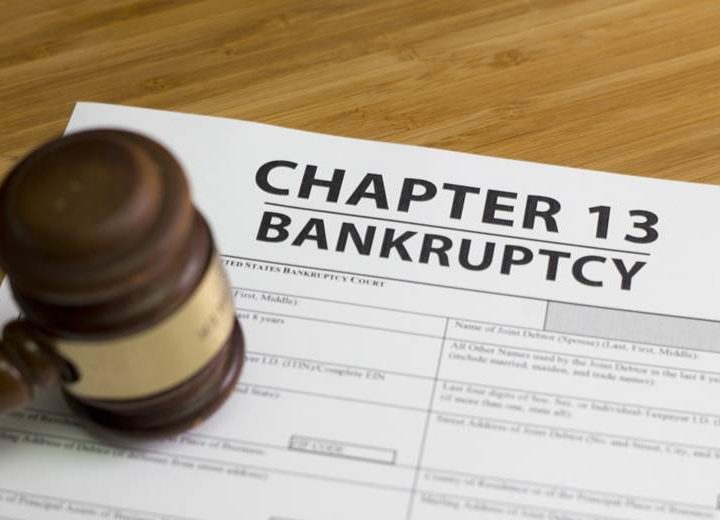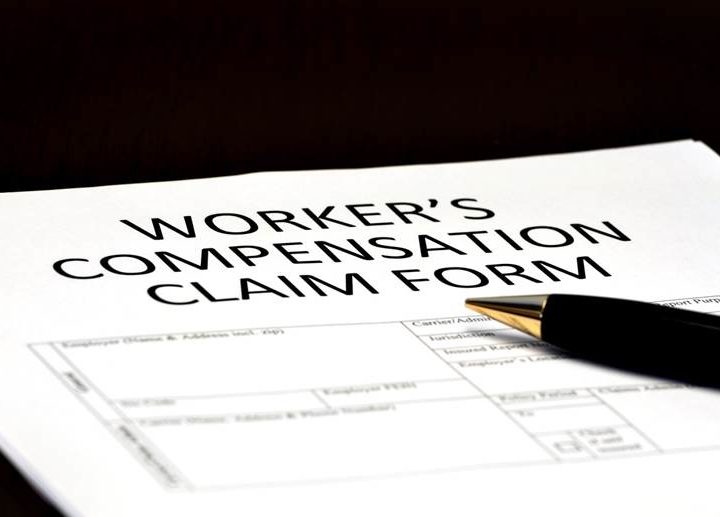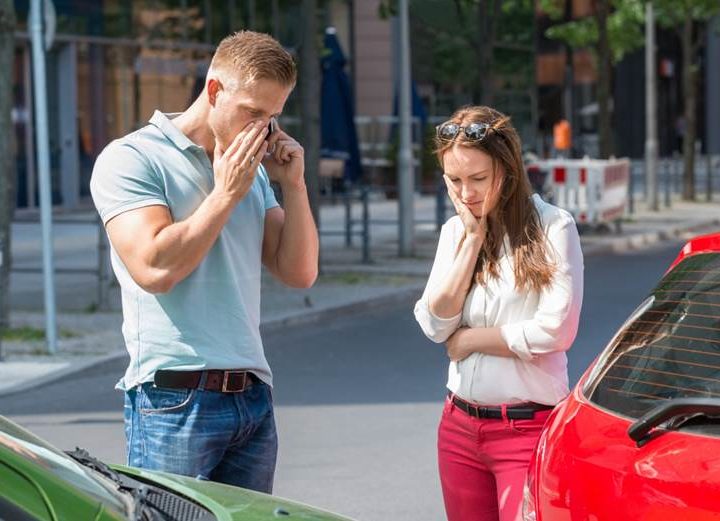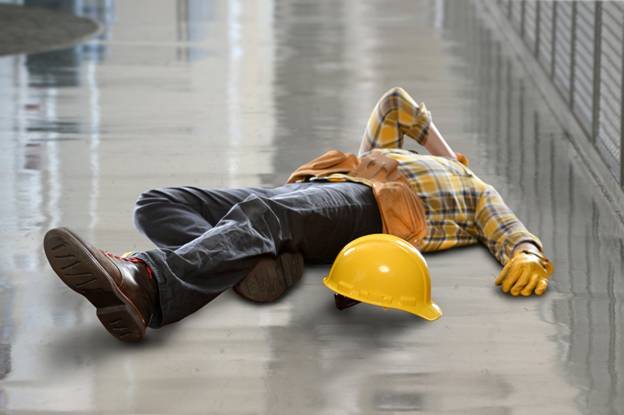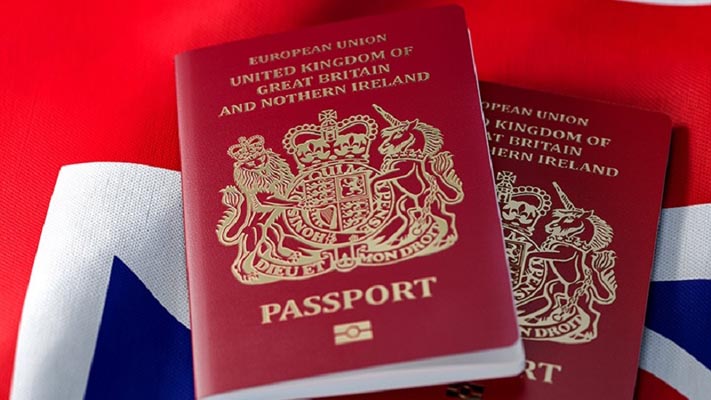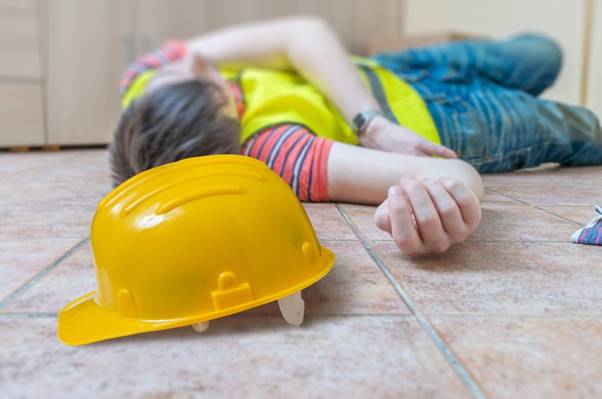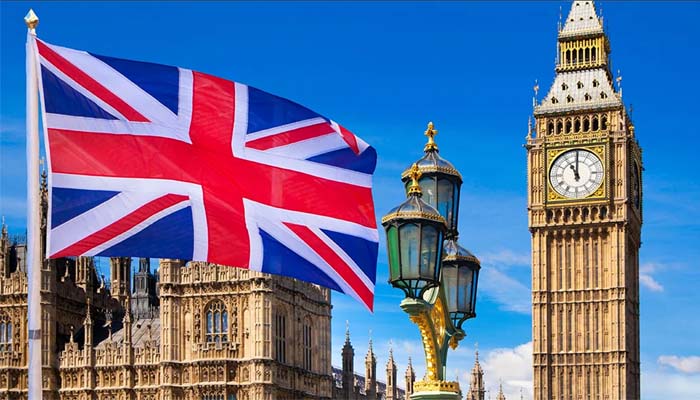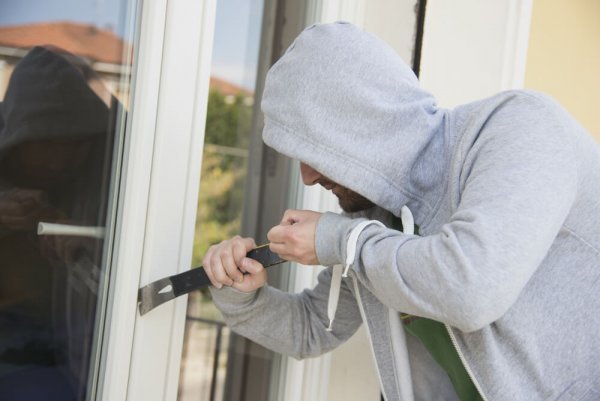The NYC Heat Law is a set of rules that are applied to every building constructed in New York City. These laws are in place to ensure that the building is designed to be safe for its residents, even if it is not intended for them. In this way, New York can maintain its reputation as the world’s premier construction and development location. In addition, these laws provide protection for those living within these buildings, ensuring that they do not experience problems in the future.
New York is governed by the NYC Heat Law. This law regulates the amount of heat that is allowed to flow into the structure through the use of insulation and windows. When a building is constructed in New York City, these regulations are strictly enforced to ensure that the structure is built in compliance with the law. In addition, this law requires all building owners to make sure that the building complies with the city’s ordinances. These ordinances range from building codes to fire codes.
An owner of a building in New York City should always have a qualified heating system installed. A good heating system ensures that the building is able to remain cool in the winter and warm in the summer. In addition, a good heating system helps to reduce energy costs for an owner of a building in New York City.
In order to allow the building to cool off quickly, the temperature should be brought down below the dew point. The dew point is the temperature at which the air is cooler than the water and is usually around 60 degrees Fahrenheit. It is also the temperature at which most natural resources begin to evaporate. When a building is placed at the right temperature and humidity level, it is able to remain relatively dry.
However, buildings that are located in New York City must still be protected from the elements such as wind, rain, and snow. To help these structures deal with the climate in New York, the city has a regulation called the ‘National Green Building Council’ (NGBC) standard for buildings.
Under the NYC Climate Protection Program, a building must be constructed in accordance with a certain code. The National Green Building Council (NGBC) code sets the minimum amount of insulation needed for a particular building. In addition, these codes set guidelines on how much heat should be allowed to enter the building through windows and doors. While the amount of heat allowed through windows and doors may be less than the code, the amount of heat allowed through the interior of the building is considered to be adequate.
Buildings that are built under these codes are able to be retrofitted to accommodate more electricity or solar power in the future. New buildings are also have been retrofitted to make them environmentally friendly. Newer buildings can also incorporate energy saving devices such as skylights and passive solar design. In addition, New York City can retrofit buildings to utilize passive heat pumps, reducing energy consumption.
The NYC Heat Law is one of the most important sources of information for building owners when it comes to ensuring that they are operating their buildings properly. In addition to setting up regulations and requiring builders to follow them, the law also has several important purposes in providing protection for those living inside the building.
In addition to protecting the building against the elements, the law can also prevent heat loss inside the building. During the summer months, heat escapes through windows and doors during the day. The heat escapes during the day allows people living in the building to be comfortable and stay warm.
In the wintertime, heat can escape through the roof during the day and cause a building to get too hot. The building can also experience freezing temperatures during the evening hours, which could lead to ice formation.
While some people believe that the NYC Heat Law is nothing more than a way for developers and contractors to profit from the energy savings they help to produce, others feel that the law is an important tool to help safeguard the environment. the city needs to be healthy. Whether you agree or disagree with these statements, it is important to note that the law helps everyone in the building business and the environment by reducing the amount of energy that enters a building.


